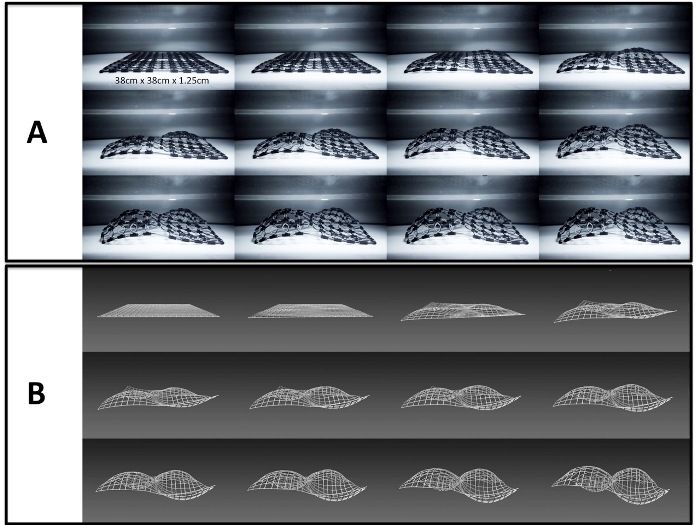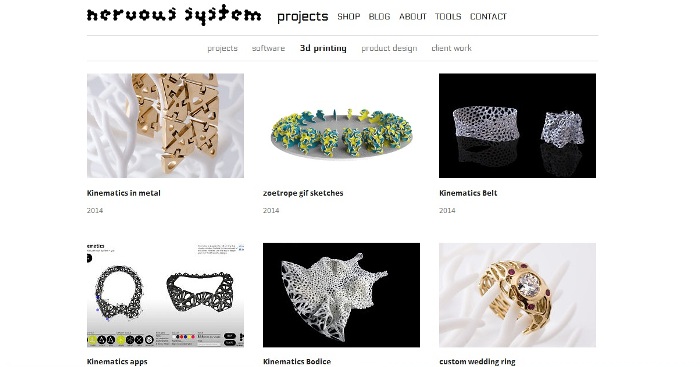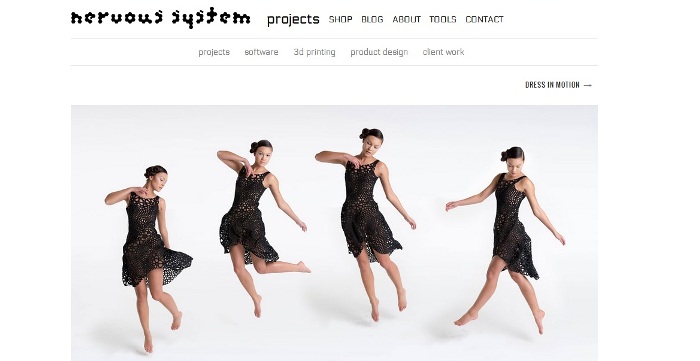Move Over 3D, 4D Printing Tech Is Now in Fashion — Literally
3D printing has already surged in popularity. Already, there are inexpensive 3D printers for hobbyists and others who want to experience the wonders of 3D printing. However, even before 3D printers become as popular as today’s laser or inkjet printers, it is highly likely that 4D printing shall have already become the new hype. Just recently, The Guardian reported how a 4D printed dress could be the shape of things to come.
What Is 4D Printing?
Before you torture yourself with the confusion and aggravated skepticism or disbelief, know that this “4D” printing technology is not really the 4D defined in mathematics or physics. It is essentially a misnomer. Basically, it can be considered a fancier version of current 3D printing. A 4D object is yet to exist. The most that we 3D creatures can do to render the concept of 4D is through 2D and 3D illustrations.
Hence, the result of 4D printing is still a 3D object. The general idea of 4D printing is simply the production of dynamic 3D structures that have the ability to change shapes. These 4D printed objects can be made with various types of materials, from plastic to glass, ceramic, metal, and edible materials like chocolate and batter.
In 4D printing, the principles of 3D printing are employed and supplemented by new techniques, particularly the deposition of flat layers on top of each other. 4D printing results in objects can have flexible shapes or forms. They are designed to change shape after they have been printed.
4D Printing Applications
In an earlier post on this blog, we mentioned how 4D technology does not seem to have many practical applications at present, other than the superficial and trivial non-necessities. However, in an interview with Live Science, mathematician Dan Raviv of the Massachusetts Institute of Technology expressed excitement over the numerous possible applications of 4D printing technology. Raviv exclaims that “this is not just a cool project or an interesting solution, but something that can change the lives of many.” Well, we gladly take back our words and admit the lack of research when when the previous article was written. 4D printing, however misleading a misnomer it is, appears to have a good deal of applications.
Back in 2013, there already existed Project Cyborg, an initiative aimed at revolutionizing the way designers think by training materials to build themselves and to adapt to their environments. Project Cyborg will supposedly lead to the development of 4D technology that will give rise to self-assembling chairs as well as the production of nano robots that can fight cancer.
4D Printing in Fashion
4D printing will soon be in fashion as it has already started to be featured in the world of fashion. As mentioned earlier, The Guardian ran a report on how 4D printing has been used to produce an extraordinary kind of garment. Designers Jessica Rosenkrantz and Jesse Louis-Rosenberg of MIT have produced a dress using 4D printing tech. This dress, as described by the designers, feels like a mechanical lace. It has the attribute of being partially plastic and partially fabric.
This 4D printed designer dress is currently being displayed at the permanent collection of the Museum of Modern Art in New York.
Rosenkrantz and Louis-Rosenberg are at the helm of design studio Nervous System, which is described to be at the forefront of a movement that seeks to make use of software to mimic processes and patterns that exist in nature. Nervous System has so far produced an impressive array of intricate designs based on the veins of leaves, formations of crystals, and the gill-like patterns found at the underside of a mushroom. These designs have been used to create a variety of items including lampshades, jewelry, and ornamental-functional trellises for gardens.
Intriguing it certainly is but this dress apparently may never make it to the streets of New York, worn by a typical fashionable lady. It has been given a cost estimate of $3,000 but it is meant for display purpose only, for now. There is no word yet as to its mass production and commercial availability.
Outlook
Don’t expect a real 4D object with the time dimension to become a reality soon. Just accept how 4D printing means enhanced 3D printing tech (that produces things that change shape or form) and you will likely be impressed by the technology. 4D printing makes it possible to produce objects that have a smaller physical imprint (size, volume) but can transform into something bigger or something more useful. Yes, the term is somehow misleading but it’s a technology that works and is something worthwhile to pursue.


